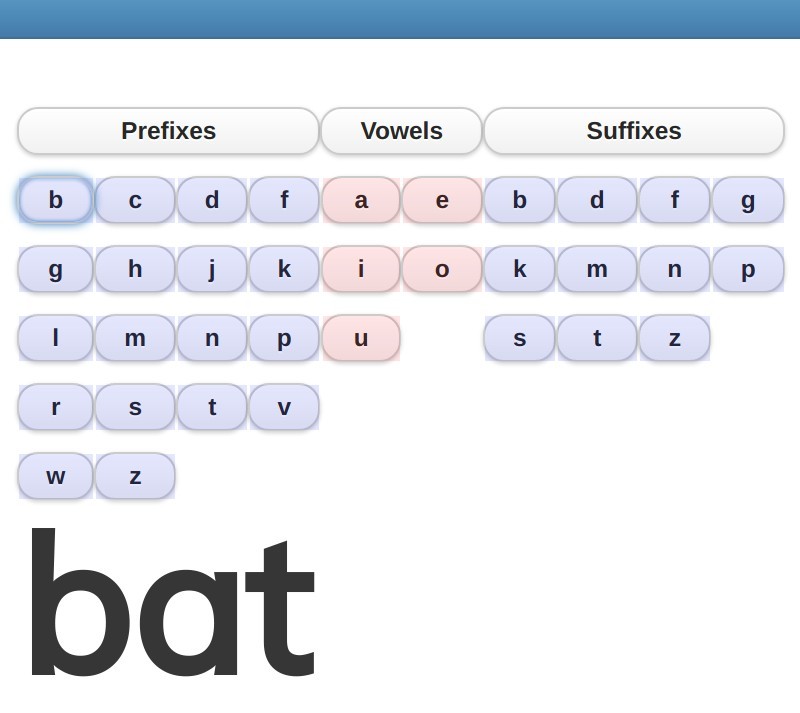We live in Quebec where bilingual education is mandatory. Our dyslexic daughter learns English half the day in grade 3, and French the other half, we have no choice, it’s the law. We are completely English mother tongue so she is drowning in French and struggling in English. English is our priority now, and I am using Toe-By-Toe to repair her English reading skills. Are there French dyslexia equivalent resource I can pursue in the future when her English reading is on track?
The English sound-to-spelling mapping is complicated. It is usually the vowels that mess up emerging readers. There are 18-20 vowel sounds in English, depending on who is counting and why.
In English, a letter or letter-pair vowel can map to several sounds (the ‘ou’ in soul, south, pour, youth, and soup), and a vowel sound can map to several spellings (/ee/ as in key, bee, sea, me, etc).
The French sound-to-spelling mapping is simple and predictable. (So is German, Spanish, and Italian). There are only about 10-11 vowel sounds in French, and they are completely predictable. The only almost-exception is ‘o’ which can sound like ‘sot’ (stupid) or ‘sol’ (sun), they are close enough that only a linguist would care.
If I taught you the French letter-to-sound mapping, you could read a French newspaper aloud. You wouldn’t understand a word since you don’t speak French, but a native French speaker would understand what you were saying. There is no possibility of doing that in English.
 So here’s the problem. If you round up the worst readers in a dozen French schools (excluding the French-language-learners and head injury kids), they will ALL be able to decode. In French, ‘dyslexic’ readers are simply SLOW readers. So you will not find tools for teaching decoding in French.
So here’s the problem. If you round up the worst readers in a dozen French schools (excluding the French-language-learners and head injury kids), they will ALL be able to decode. In French, ‘dyslexic’ readers are simply SLOW readers. So you will not find tools for teaching decoding in French.But that’s not the case in English. Our kids can’t decode, because of the complexity of the English spelling system. (Yes, some English kids learn to decode and then get stuck as slow readers, but the huge majority get stuck at decoding).
 You are doing the right thing by focusing on English. Make sure your daughter has mastered page 19 in TBT, it’s the key page for blending. If she has ANY errors or hesitancy on that page, over-practice with the word-spinner.
You are doing the right thing by focusing on English. Make sure your daughter has mastered page 19 in TBT, it’s the key page for blending. If she has ANY errors or hesitancy on that page, over-practice with the word-spinner.Then start reading with her, and continue with Toe-By-Toe. Eventually she will be able to decode but you will almost surely have to improve her speed. Use the technique of “Repeated Reading” (there are also FLUENCY drills on the Community Reading website).
Once she is reading fluently in English, hire a tutor to teach her the sounds of French vowels, and to work on her French fluency, using Repeated Reading with French texts. Et voila.
—-
Here’s some GOOD news. When your daughter is fluent in two languages, she will become a BETTER reader and writer than the single-language students. That is because she will understand the different verb conjugations much better (the differences between “I danced”, “I was dancing”, “I had been dancing”, “I would have danced”, “had I been dancing”, “I was going to dance”, “I had been going to dance”, and a dozen others variations).



Leave a Reply